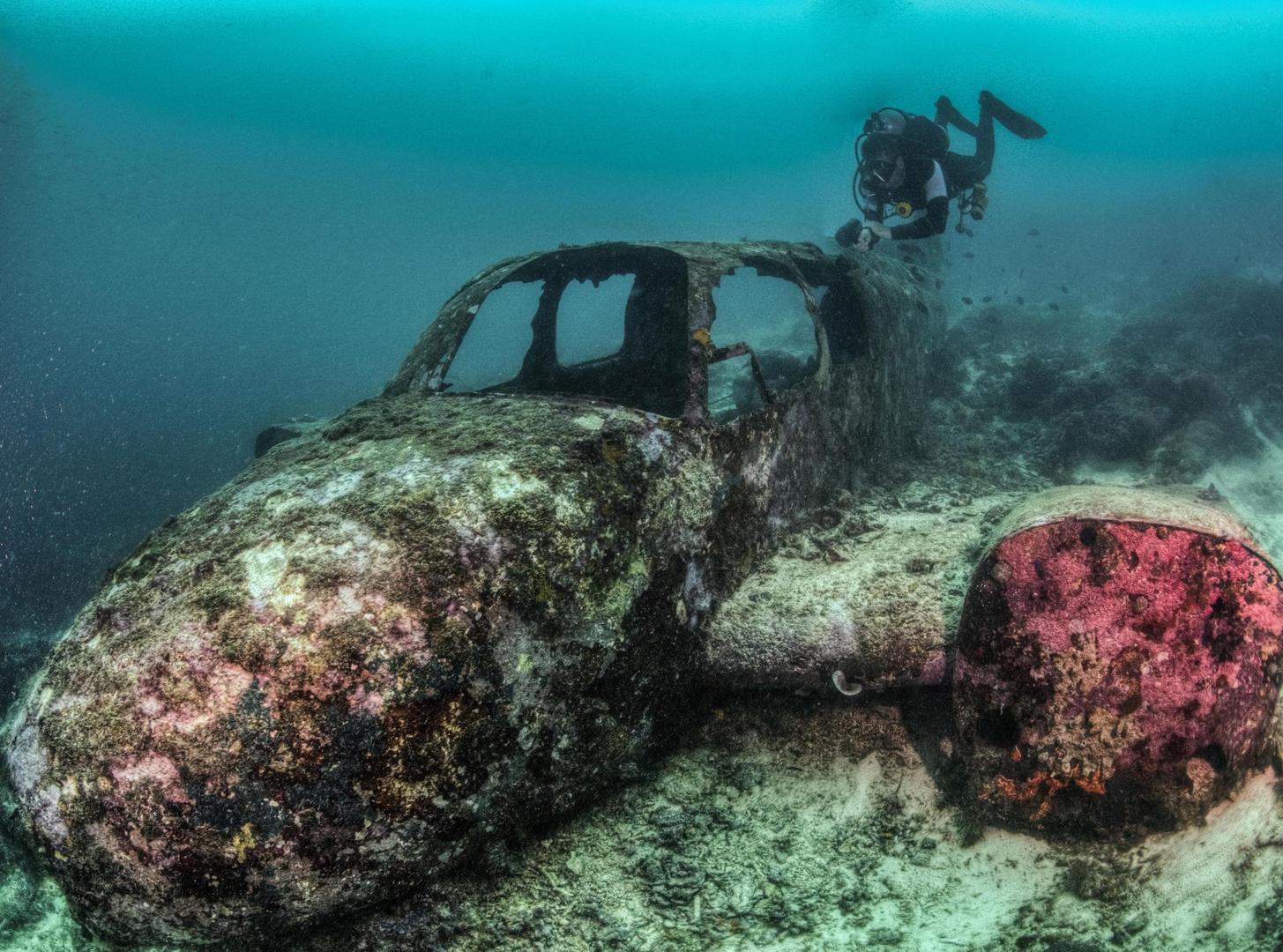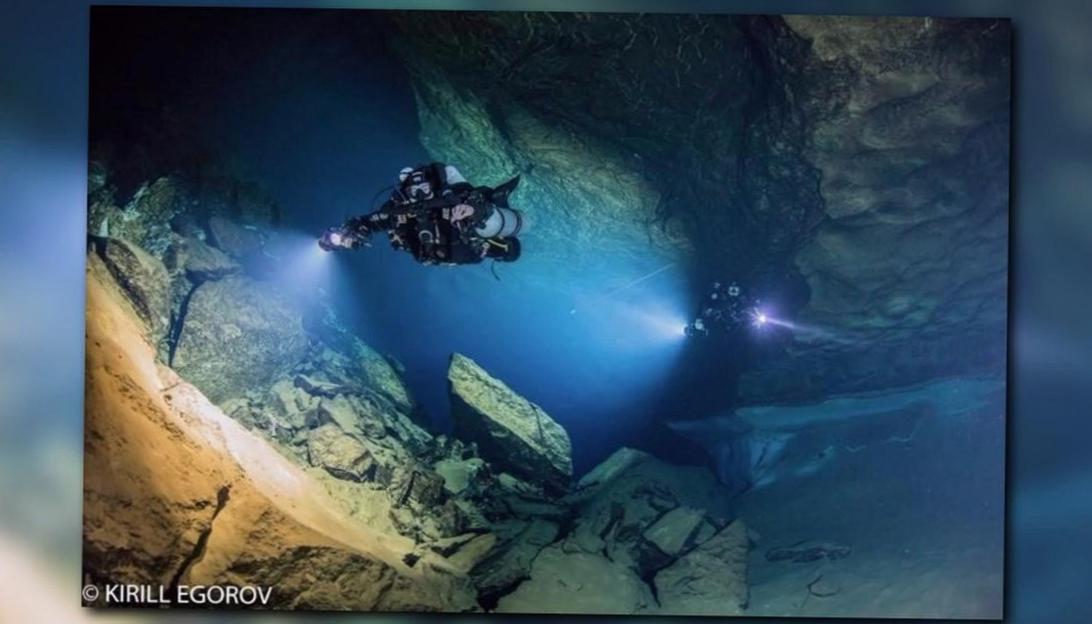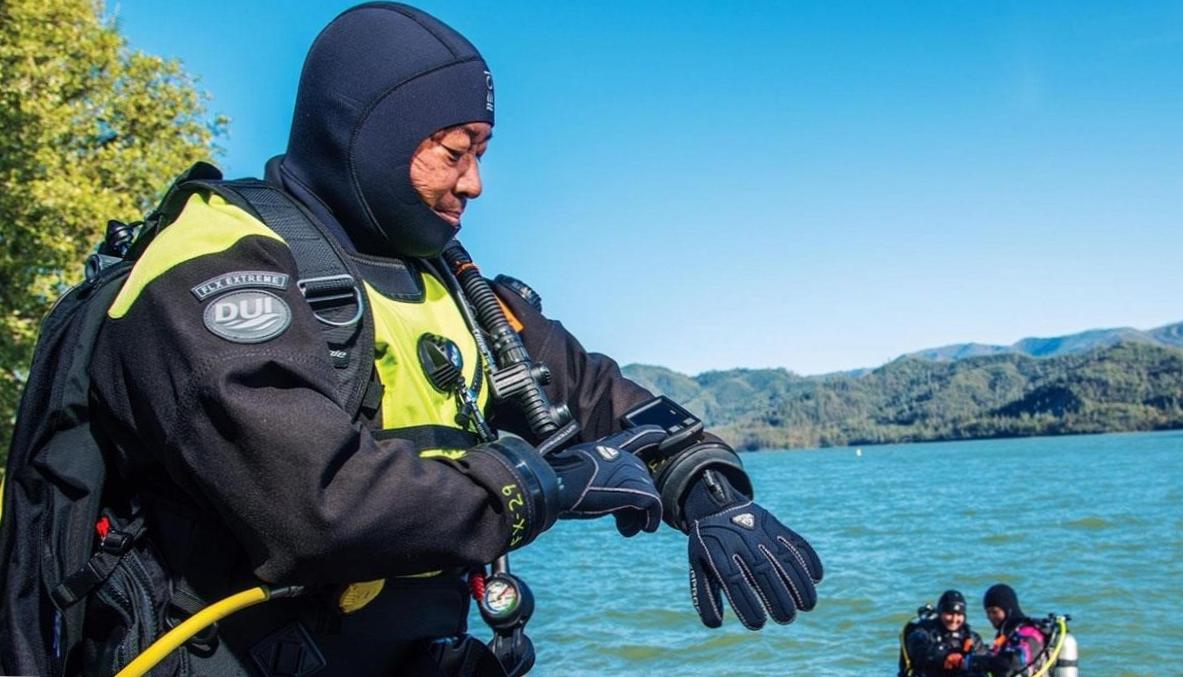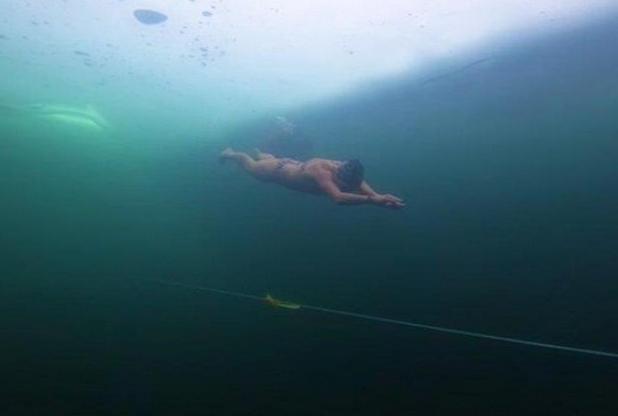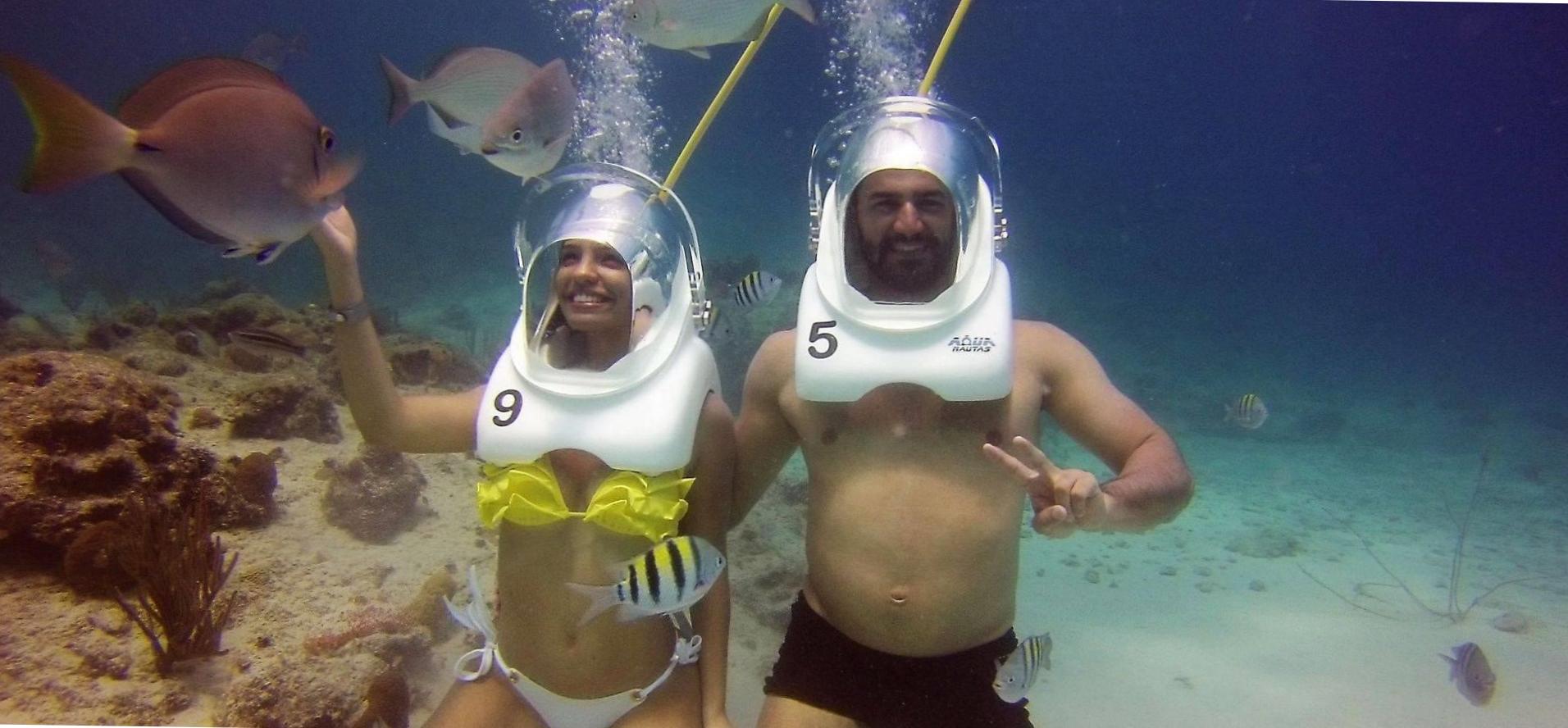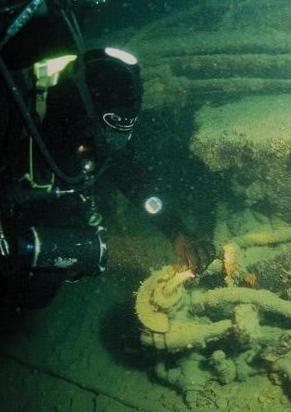Exciting news for adventure seekers and diving enthusiasts! Prepare to dive into the depths of the ocean as we embark on a thrilling underwater journey, diving to 300 feet. Discover the mysteries that lie beneath the surface, as we explore the mesmerizing world of underwater wonders. Experience an adrenaline rush like no other, as you delve into the unknown and witness the breathtaking beauty that awaits at these extreme depths. Join us
Dive Deep: The Thrills of Exploring 300 Feet Below Surface
Have you ever wondered what lies beneath the serene surface of the ocean? If so, prepare to be captivated by the thrilling world that awaits you 300 feet below. Diving to this incredible depth offers a truly unforgettable adventure that pushes the boundaries of exploration. Whether you are a seasoned diver or just starting out, diving to 300 feet is an experience that will leave you in awe of the wonders of the underwater world.
Exploring the Depths: Diving to 300 Feet — A Thrilling Adventure Underwater
Have you ever wondered what lies beneath the vast surface of the ocean? If you’re an adrenaline junkie looking for the ultimate underwater adventure, deep-sea diving to 300 feet is guaranteed to get your heart racing. But what makes this thrilling experience possible, and how do divers manage to explore the depths safely? Let’s delve into the science behind deep-sea diving and uncover the secrets of this mesmerizing endeavor.
One of the key aspects of deep-sea diving is understanding the effects of increased water pressure at greater depths. As you descend into the deep, the pressure on your body increases exponentially. At only 33 feet below the surface, the pressure you feel is already double that of the atmospheric pressure. At 300 feet, it’s a staggering ten times higher! To combat this immense force, divers employ specialized equipment such as rebreathers and diving suits designed to withstand these pressures, ensuring their safety during the descent and ascent.
Another vital part of deep-sea diving is managing the risks associated with nitrogen narcosis and decompression sickness, commonly known as «the bends.» Nitrogen narcosis is a condition that affects divers at extreme depths, causing a feeling similar to being intoxicated. It can impair judgment and motor skills, endangering the diver and their team. To mitigate this risk, divers use a mix of gases, often helium, instead of regular compressed air. This reduces the effects of nitrogen narcosis, enhancing clarity of thought and maintaining their ability to make safe decisions underwater.
Decompression sickness, on the other hand, occurs when divers ascend too quickly, causing nitrogen bubbles to form in their body tissues. This can lead to serious health issues or even be fatal. To prevent the bends, divers must follow strict decompression schedules, making gradual stops during their ascent to allow excess nitrogen to safely dissipate from their bodies.
Deep-sea diving is not only a thrilling adventure but also an opportunity to explore the wonders of marine life and underwater ecosystems. From extraordinary coral formations to mesmerizing sea creatures, the ocean’s depths never fail to amaze. Thanks to advances in technology, we can now capture these captivating moments on camera or film, allowing us to share the awe-inspiring beauty of the deep-sea with others.
So, if you’re ready to embark on an exhilarating journey to uncharted depths, deep-sea diving is calling your name. With the right training, equipment, and an insatiable curiosity for the unknown, you’ll discover a world beneath the waves that will leave you breathless. So grab your gear, take the plunge, and be prepared for an adventure like no other!
Exploring the Depths: Diving to 300 Feet — A Thrilling Adventure Underwater
Have you ever wondered what it’s like to explore the depths of the ocean? Diving to 300 feet can be an exhilarating and unforgettable adventure, but it’s not without its risks. In order to undertake such a dive, it is essential to be equipped with the right gear and take the necessary preparations.
First and foremost, a high-quality diving suit is crucial for diving to such depths. These suits are designed to withstand the pressure of the water and keep you warm in cold temperatures. They are typically made of neoprene or other durable materials and come with built-in insulation. Additionally, a weight belt is necessary to help you descend smoothly and maintain the desired depth.
Another vital piece of equipment for deep diving is the regulator. This device allows you to breathe underwater by reducing the high-pressure air from the tank to a level that is safe for inhalation. It is important to ensure that your regulator is in good working condition and that you have a backup in case of any malfunctions.
One of the most important considerations for deep diving is the use of a dive computer or a dive watch. These devices provide vital information such as depth, time, and decompression limits, helping you avoid the risk of decompression sickness. They also track your dive profile and enable you to plan your ascent safely.
Before you embark on a dive to 300 feet, it is crucial to undergo specialized training. Deep diving requires a thorough understanding of the risks involved and the techniques needed to mitigate them. This includes learning about decompression stops, gas mixes, and emergency protocols. It is recommended to complete an advanced diving course and gain experience with progressively deeper dives under the supervision of a certified instructor.
In conclusion, diving to 300 feet is a thrilling adventure that requires careful equipment selection and thorough preparation. But with the right gear, training, and planning, it can be a truly unforgettable experience. So, if you’re ready to explore the depths of the ocean, make sure to invest in the proper equipment and take the necessary precautions for a safe and exhilarating underwater adventure!
Training and Certification for Deep-Sea Diving
If you’re someone who craves the adrenaline rush of exploring the mysterious depths of the ocean, deep-sea diving is an adventure you won’t want to miss. But before embarking on this thrilling underwater journey, ensuring you have the proper training and certification is of utmost importance. Not only will it enhance your safety, but it will also equip you with the skills and knowledge needed to fully enjoy this awe-inspiring experience.
Deep-sea diving, also known as technical diving, involves exploring depths beyond the recreational diving limit of 130 feet. As you delve deeper into the ocean, you’ll encounter unique marine life, breathtaking coral reefs, and even mesmerizing shipwrecks. However, diving to depths of 300 feet or more comes with its own set of challenges and risks. That’s why undergoing proper training from a reputable diving organization is crucial.
To become certified for deep-sea diving, you’ll need to start with a solid foundation in recreational diving. This includes obtaining an Open Water Diver certification followed by an Advanced Open Water Diver certification. These certifications ensure you have a good understanding of basic diving techniques, safety procedures, and equipment usage.
Once you’ve mastered the fundamentals, it’s time to take your diving skills to the next level with specialized training in deep-sea diving. Technical diving courses, such as the Deep Diver Specialty and the Advanced Nitrox Diver, will equip you with the necessary knowledge to safely explore depths up to 300 feet. These courses focus on advanced dive planning, gas management, decompression procedures, and the use of specialized equipment.
Before embarking on any deep-sea dives, it’s crucial to gain practical experience through supervised dives and get comfortable with the new requirements and challenges that come with diving deep. This experience, combined with the knowledge gained during your training, will ensure you’re prepared to handle potential risks, such as nitrogen narcosis, oxygen toxicity, and decompression sickness.
Remember, deep-sea diving is an adventure that requires continuous learning and skill development. By staying up-to-date with the latest dive practices and participating in continuing education courses, you’ll enhance your abilities as a deep-sea diver and make each dive even more captivating.
Ready to dive into the depths and uncover the mysteries of the underwater world? Start your journey towards becoming a certified deep-sea diver today and prepare for an exhilarating adventure like no other!
diving to 300 feet

